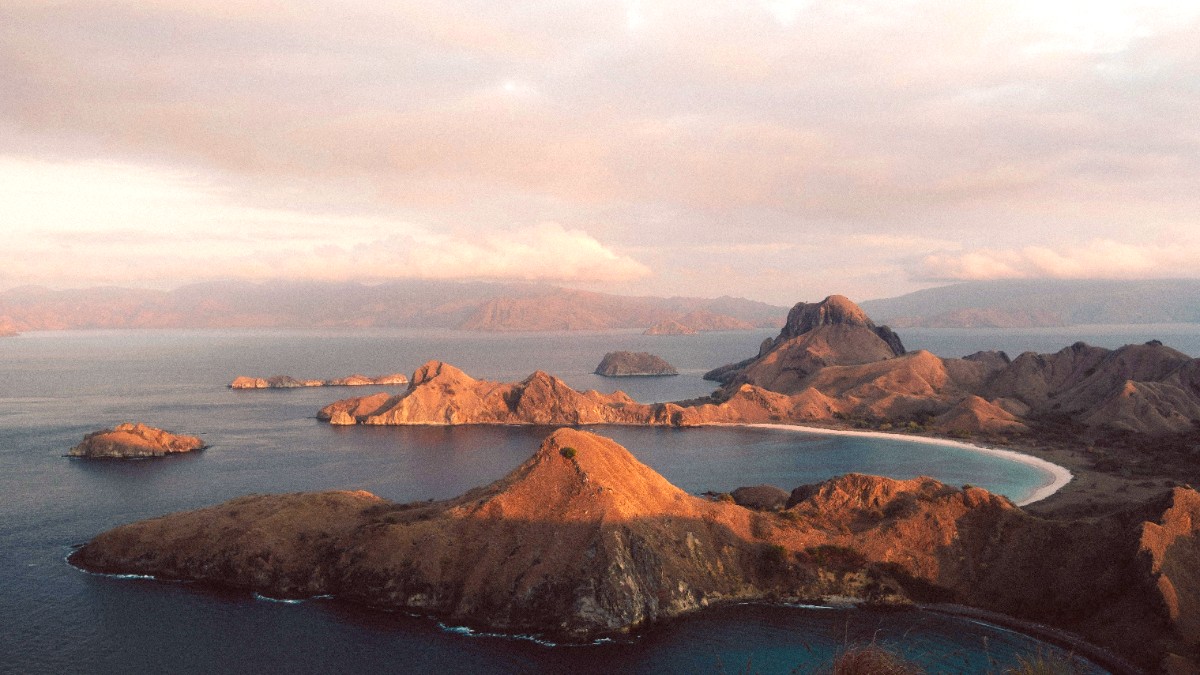
Indonesia
The island's small size and dedication to a car-free environment means movement happens through more traditional and personal means. This absence of large vehicles adds significantly to the island's charm and peaceful atmosphere, creating quieter streets and clearer air.
There are no public transit systems (metro, buses, trams) on Gili Air. Without public transit, formal route maps and hubs do not exist. Navigation on Gili Air relies on simple pathways and a general understanding of the island's layout.
The entire island is pedestrian-friendly. A well-maintained sandy path circles the perimeter (~1.5-2 hours walk).
Bicycles are a popular and efficient way to get around, offering speed and flexibility. Shared paths with pedestrians and cidomos.
None. All areas of Gili Air are accessible by foot or bicycle. Explore the entire island freely.
Car and motorcycle rentals are not available due to the island's ban on motorized vehicles.
Widely available from accommodations and shops (~IDR 30,000-50,000/day).
Traditional horse carts for luggage and longer rides. Negotiate fare.
For inter-island transfers and snorkeling/diving excursions.
Walking and cycling serve as the most natural and enjoyable ways to explore Gili Air. These methods allow you to fully immerse yourself in the island's calm atmosphere and natural beauty.
Gili Air's size and car-free policy result in no tour buses or hop-on-hop-off services.
Small public boats and private speedboats connect Gili Air to its sister islands.
Local wooden boats extensively serve for snorkeling trips and dive excursions.
Gili Air's transport options extend beyond land-based methods to include unique local forms, notably water transportation, which forms for inter-island travel and marine activities.
Accessibility remains limited on Gili Air. Sandy paths, lack of ramps, and small boat transfers present challenges for travelers with mobility issues.
Cidomos can assist with short distances on land, but boarding boats and navigating unpaved terrain often needs assistance.
Travelers with mobility needs should plan accordingly and communicate with their accommodations for specific assistance.
Walking and cycling serve as the most natural and enjoyable ways to explore Gili Air. These methods allow you to fully immerse yourself in the island's calm atmosphere and natural beauty.
The entire island is pedestrian-friendly. A well-maintained sandy path circles the perimeter (~1.5-2 hours walk).
Bicycles are a popular and efficient way to get around, offering speed and flexibility. Shared paths with pedestrians and cidomos.
None. All areas of Gili Air are accessible by foot or bicycle. Explore the entire island freely.
Gili Air's distinct transport identity focuses on its car-free policy and reliance on bicycles, walking, and cidomos. Immerse yourself in this unique way of island life.
The simplicity of movement here is part of the charm, encouraging a slower pace and connection with your surroundings.